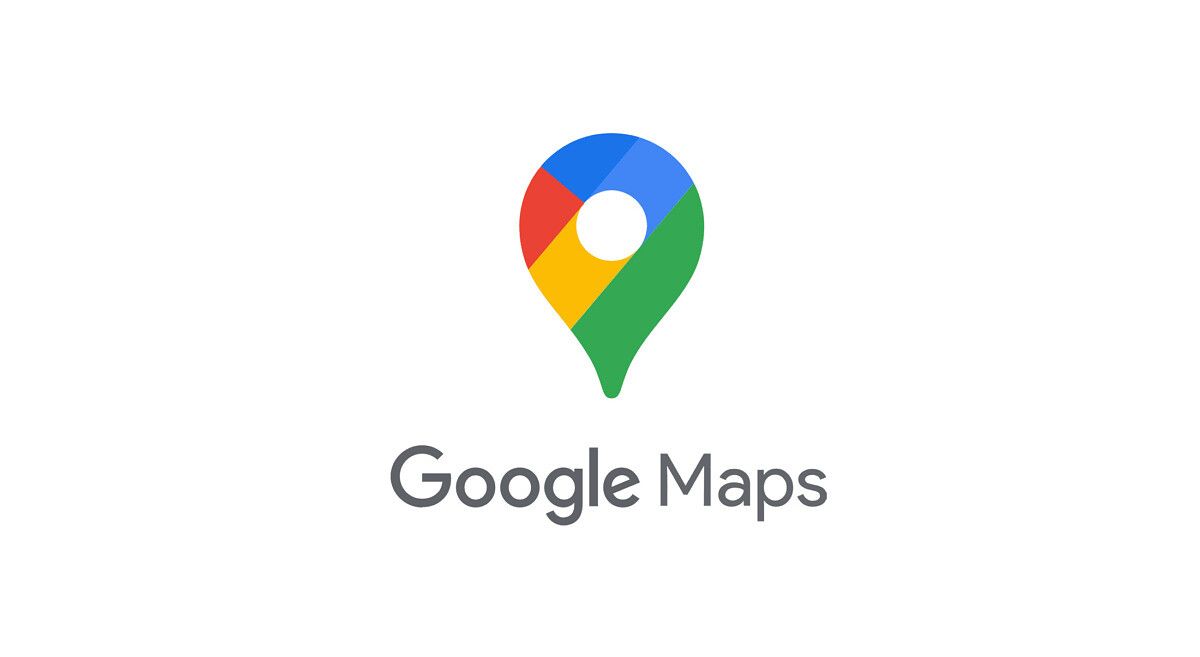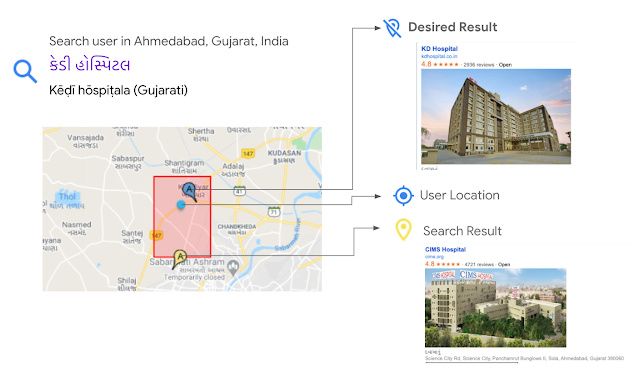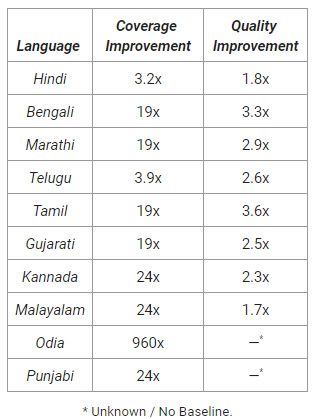Google recently added a new language switch option in Google Maps to help users in India search for places, get directions, and navigate in their preferred local language. However, since the names of most Indian places of interest (POIs) are not available in native scripts, discoverability in Indian languages is still a major issue. To address this, Google is now introducing a new feature in Maps that will automatically transliterate the names of POIs to improve discoverability.
Google claims that this new feature will "deliver a richer, more intuitive language experience for users, and will enable millions to issue queries in their own language and find information on Maps such as restaurants, petrol pumps, hospitals, grocery stores," and more. Thanks to the feature, Google Maps will now able to automatically transliterate the Latin script name of POIs to Hindi, Bangla, Marathi, Telugu, Tamil, Gujarati, Kannada, Malayalam, Punjabi, and Odia.
Speaking about the capabilities of the new automatic transliteration feature in Google Maps, Cibu Johny, Software Engineer, Google Maps, said, "Nearly three-quarters of Indians interact with the web primarily using local languages rather than English, and this number is only growing. To make Google Maps as helpful as possible for millions of Indian language users, we’ve introduced an updated automatic transliteration system that enables us to deliver more accurate results when users search for POIs in their preferred language. In a country where names of establishments are written with words from multiple languages and acronyms, phonetically mapping these words into their native language will help us more accurately surface the results that local language users are looking for."
Google gave the following example to show how the automatic transliteration feature will help Maps users in India:
"Common English words are frequently used in names of places in India, even when written in the native script. How the name is written in these scripts is largely driven by its pronunciation. For example, एनआईटी from the acronym NIT is pronounced ‘en-aye-tee’, not as the English word ‘nit’. Therefore by understanding that NIT is a common acronym from the region, Maps can derive the correct transliteration. In the past when Maps could not understand the context of एनआईटी, it would instead show a related entity that might be farther away from the user. With this development, we can find the desired result from the local language query. Additionally, users can see the POI names in their local language, even when they do not originally have that information.”
To enable this feature, Google used an ensemble of learning models, various transliteration dictionaries, and a module of acronyms with a very large sample of online texts. Google claims that the feature offers significant quality and coverage improvements over existing automatic transliterations of POI names; up to 20 times in some languages. The following table shows the coverage and quality improvements in the supported languages.
For more details on the new automatic transliteration feature in Google Maps and how it works, check out this post on the Google India Blog.



